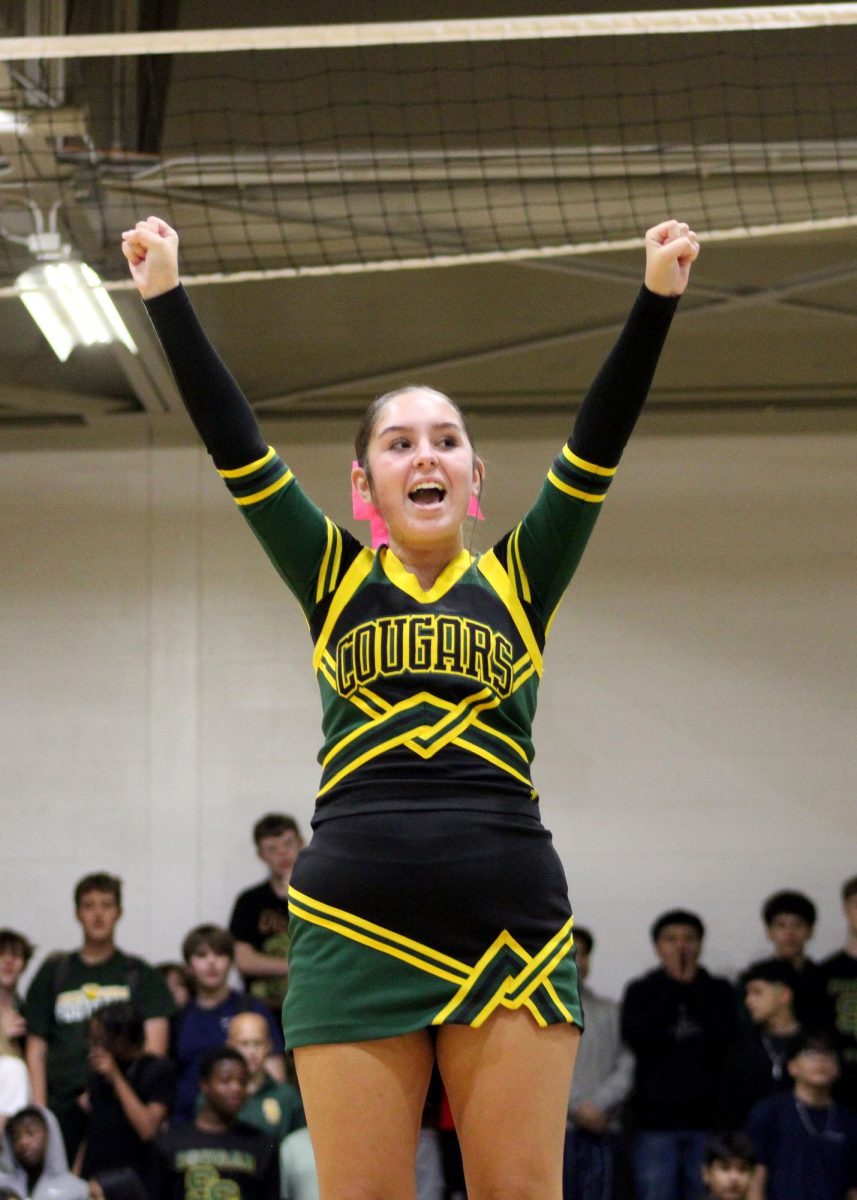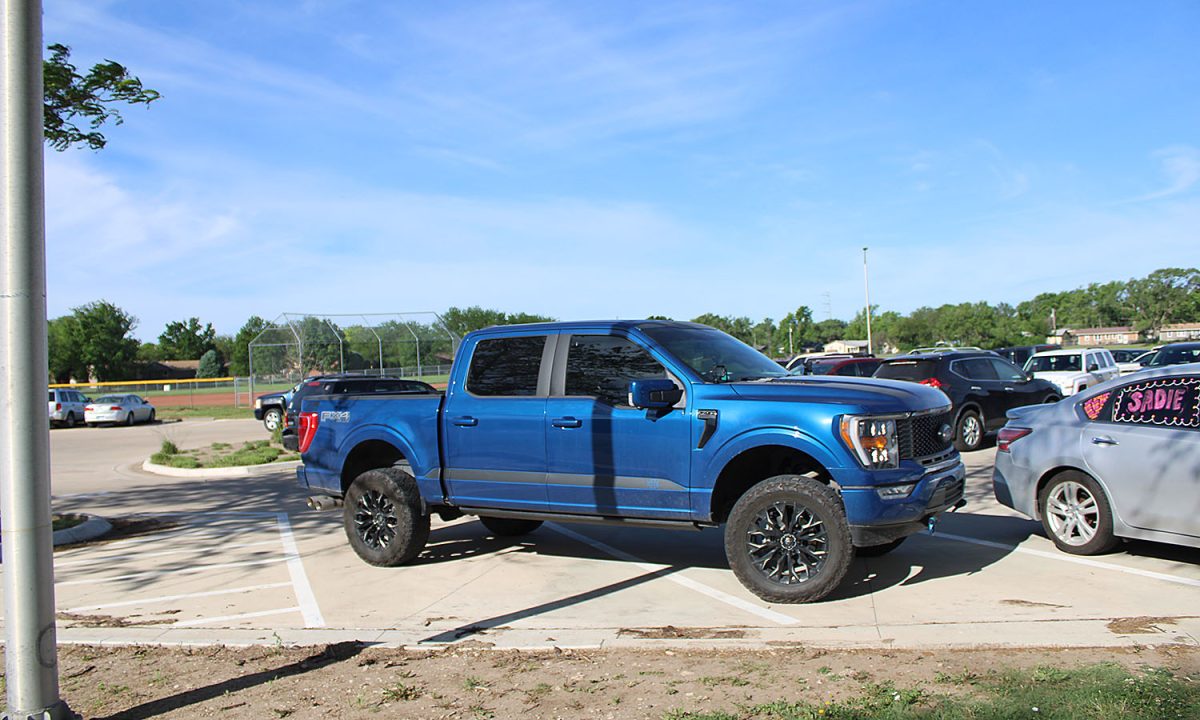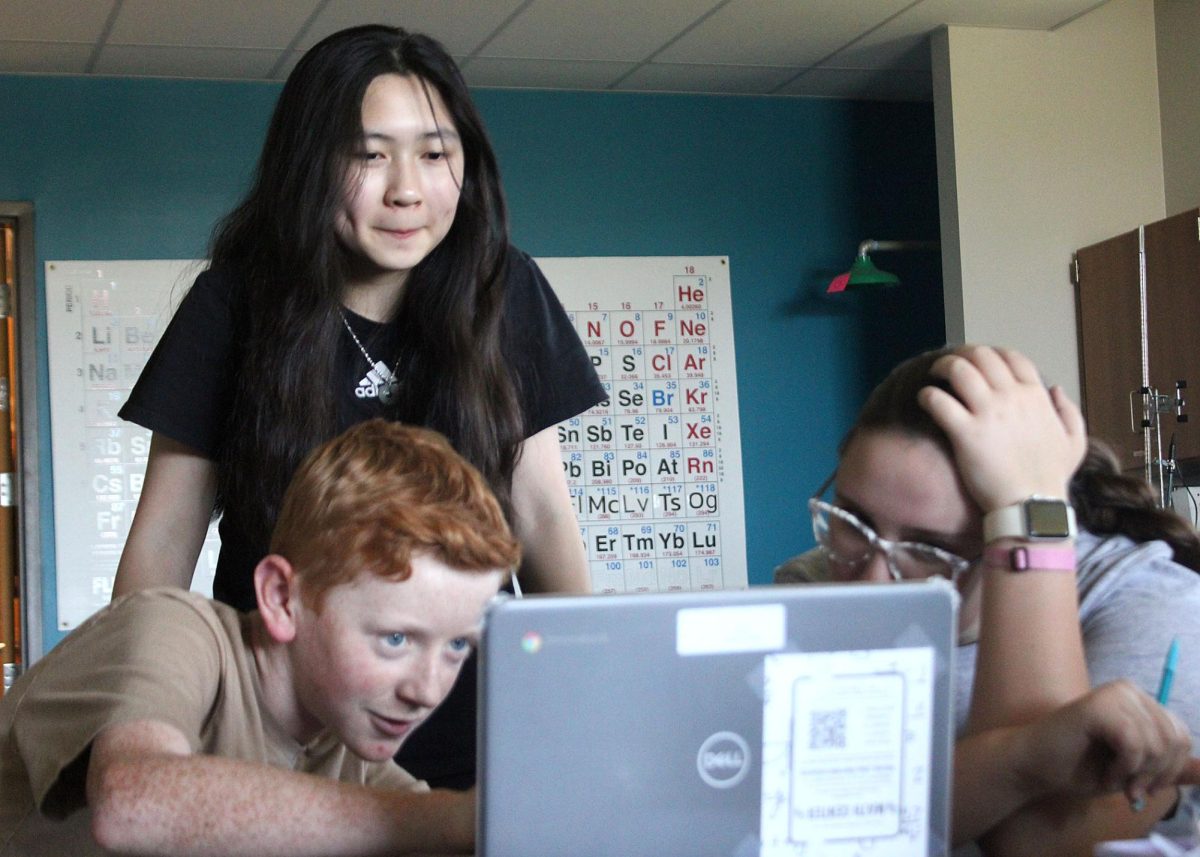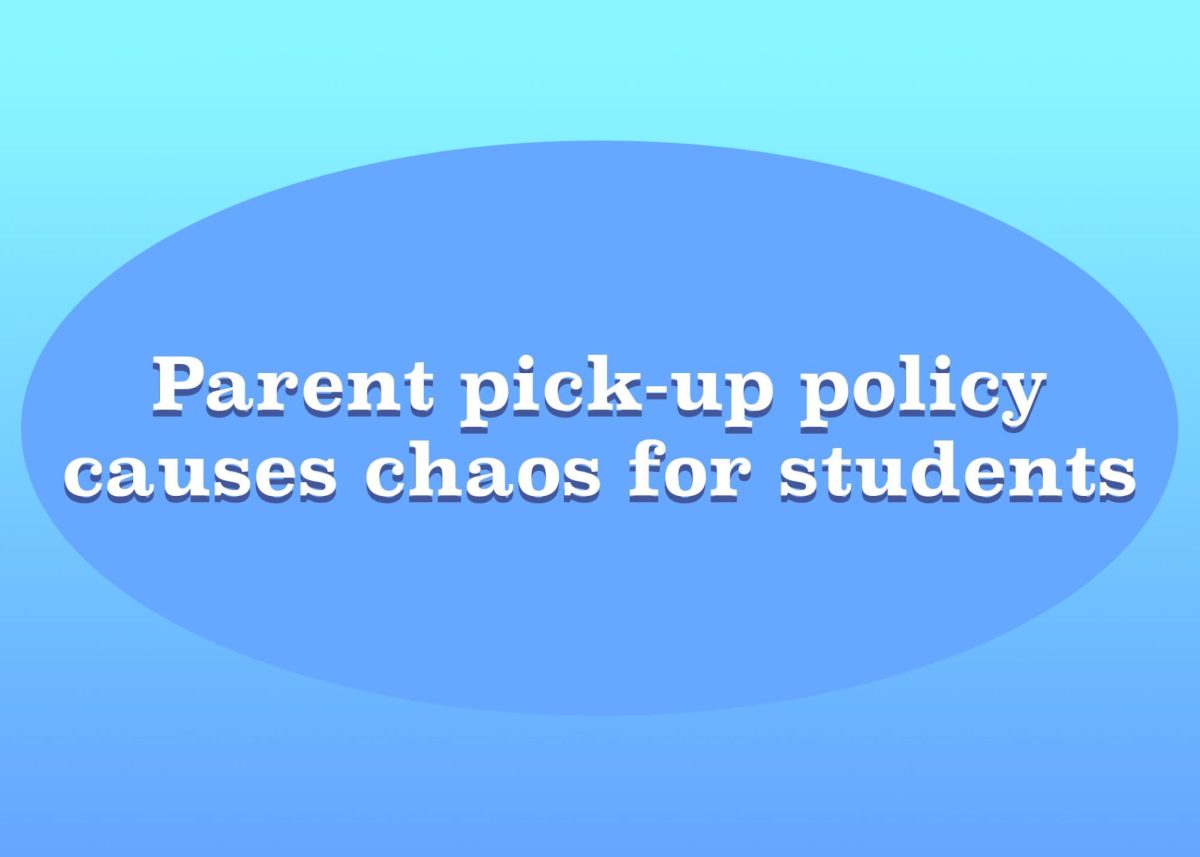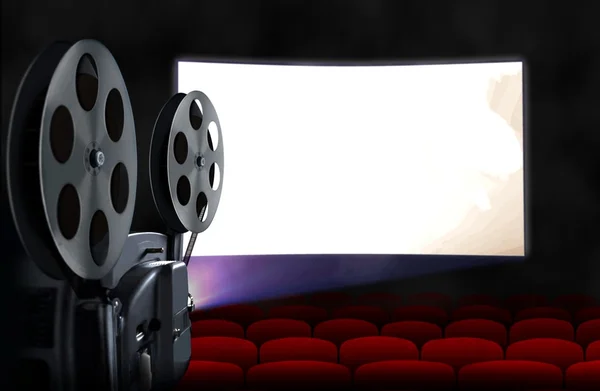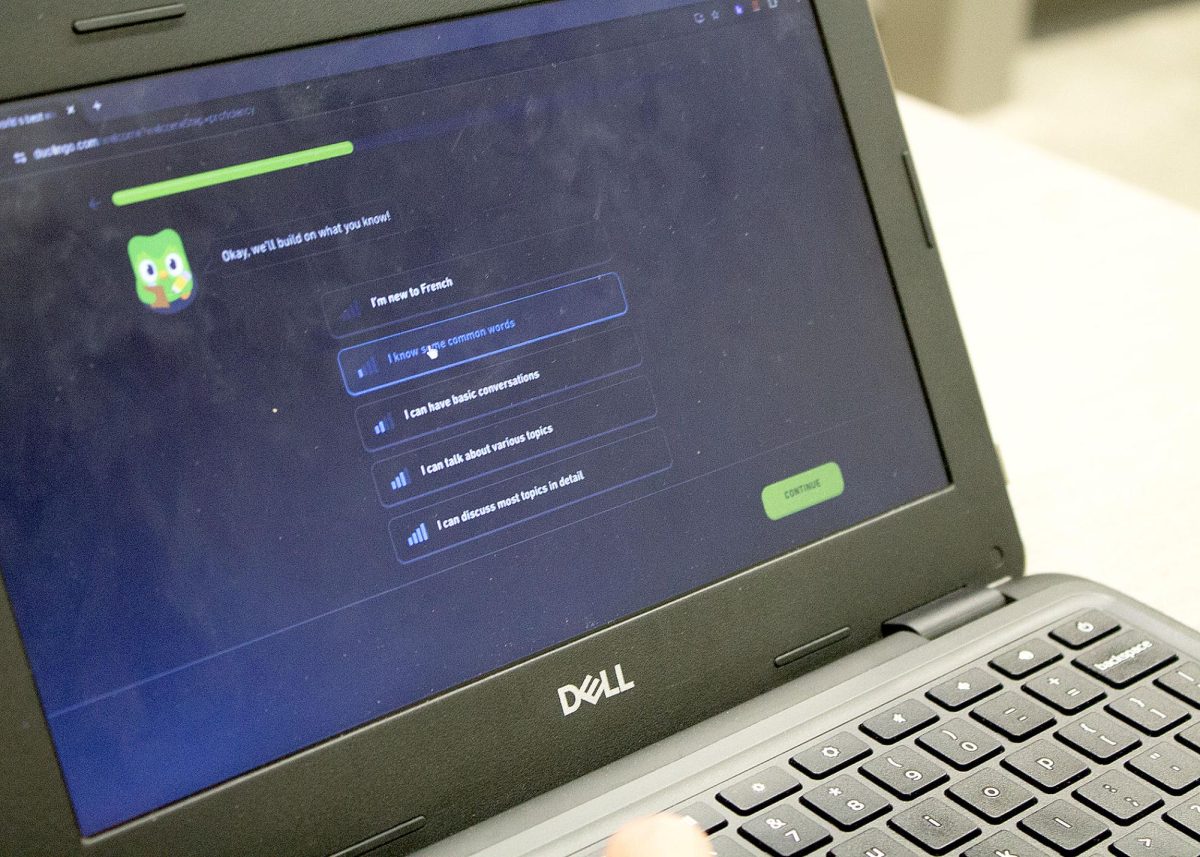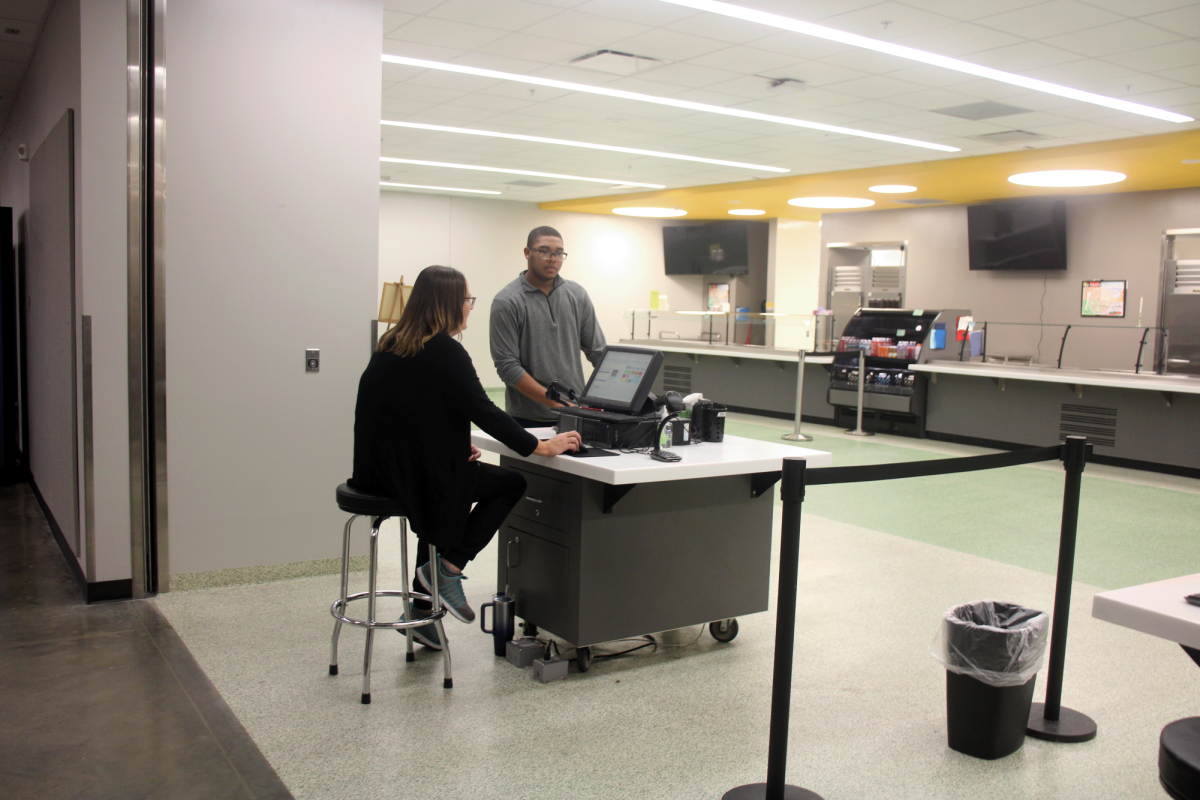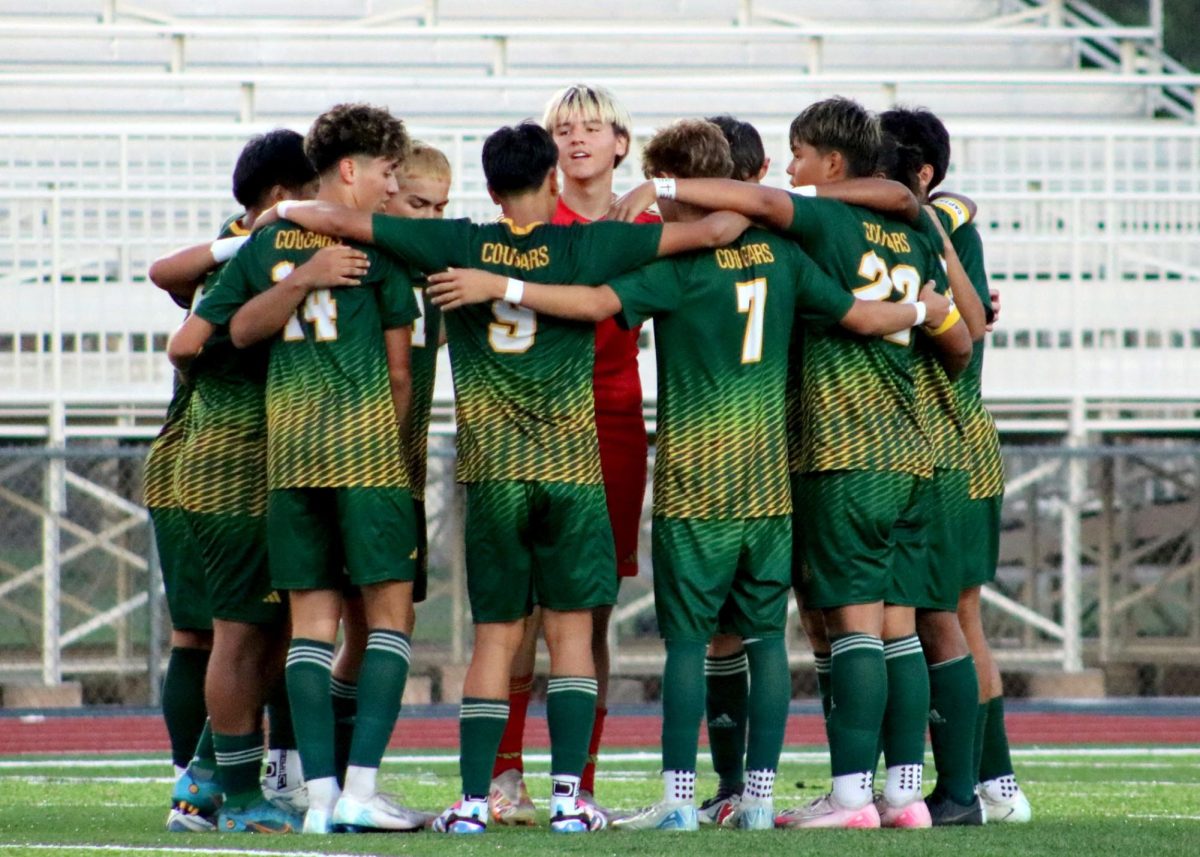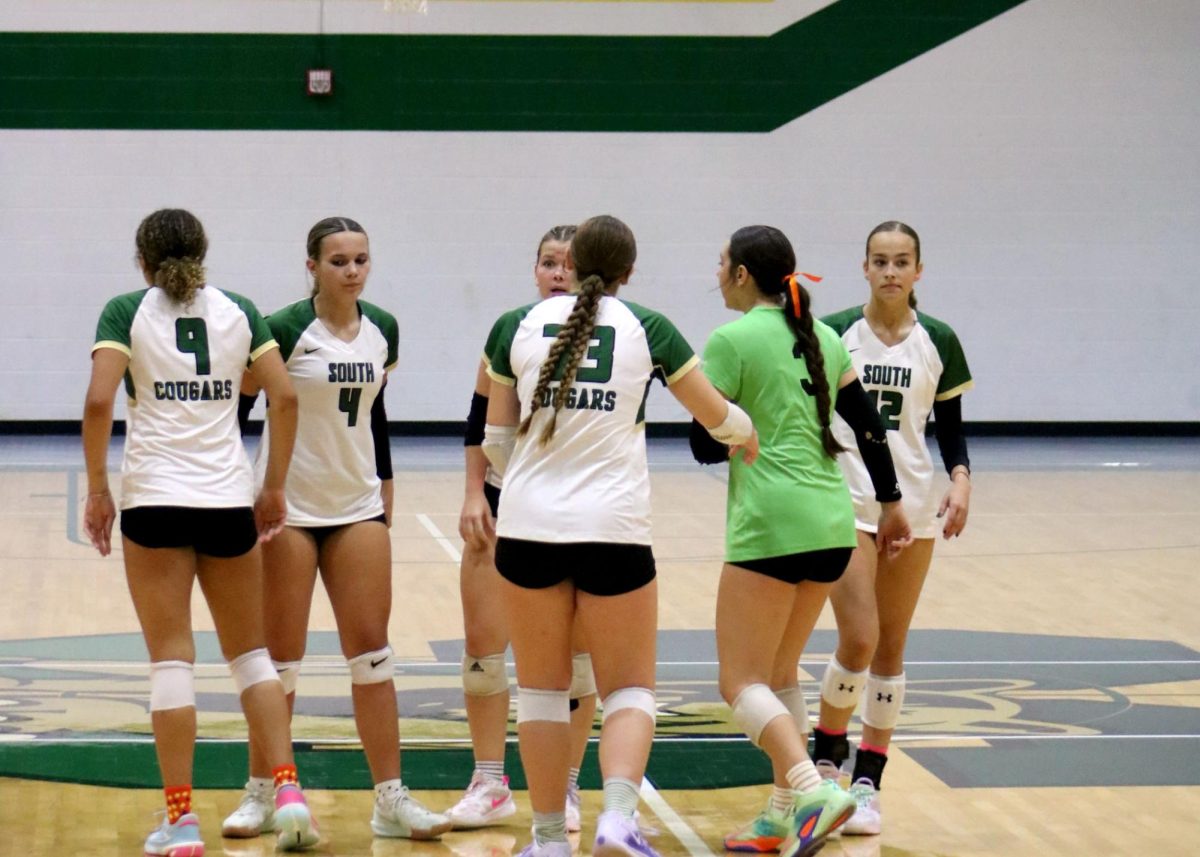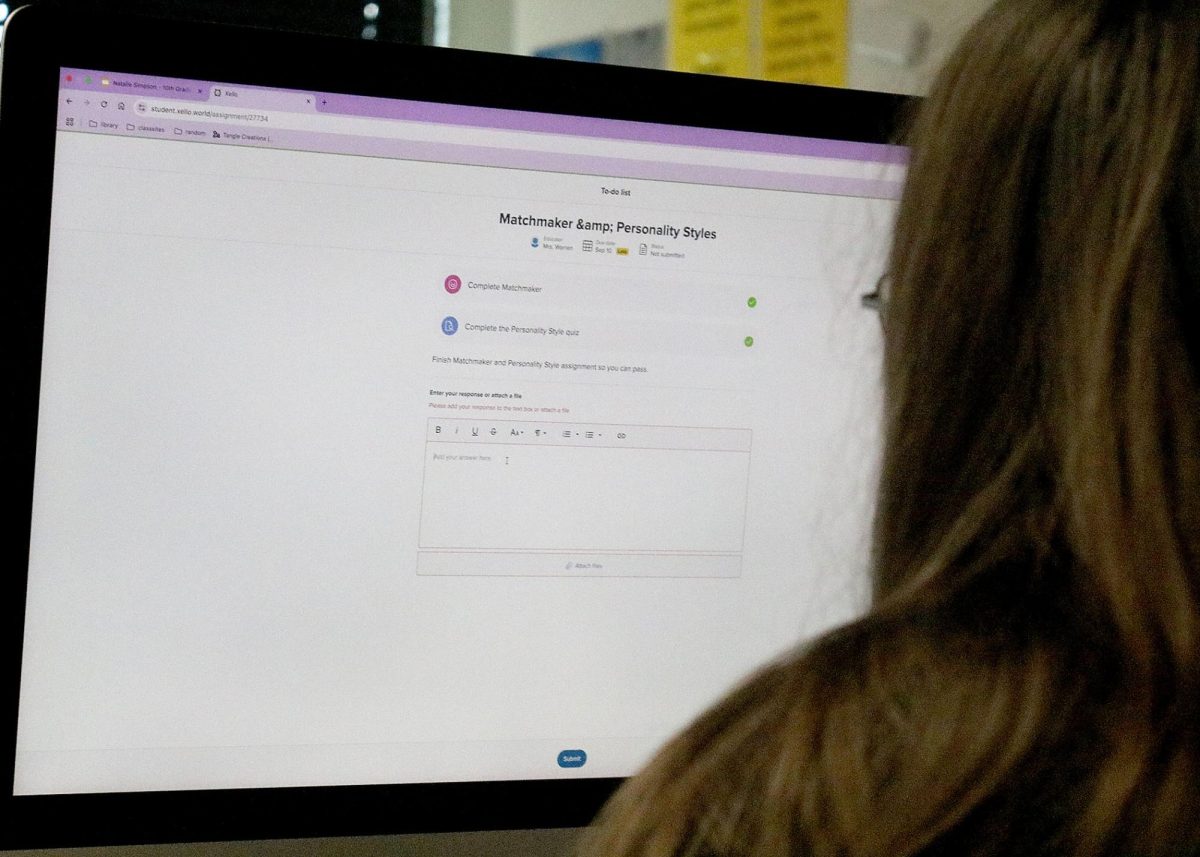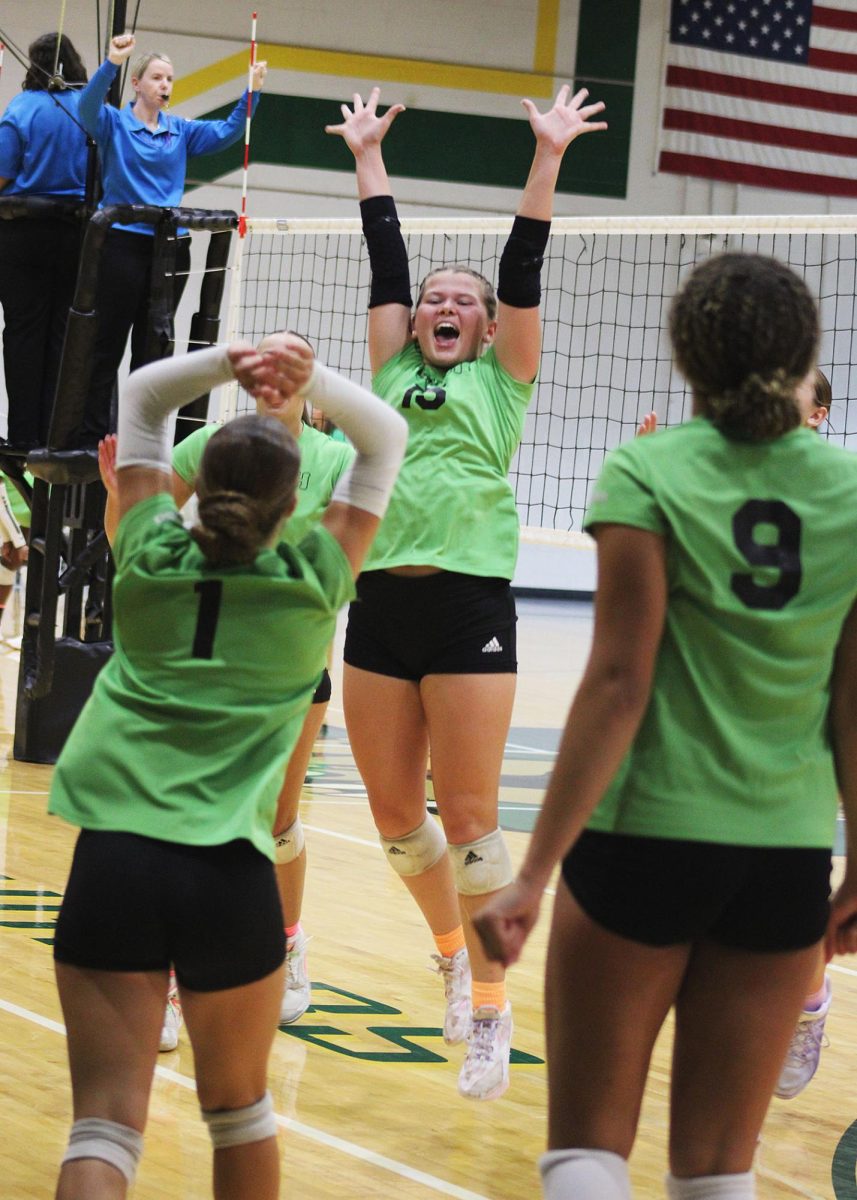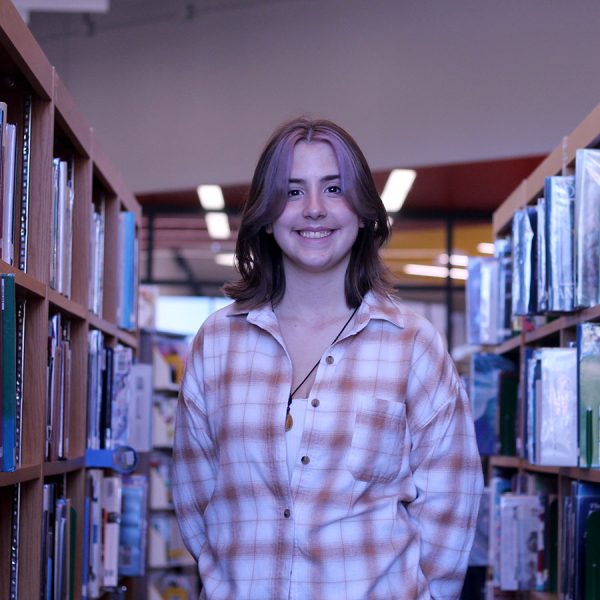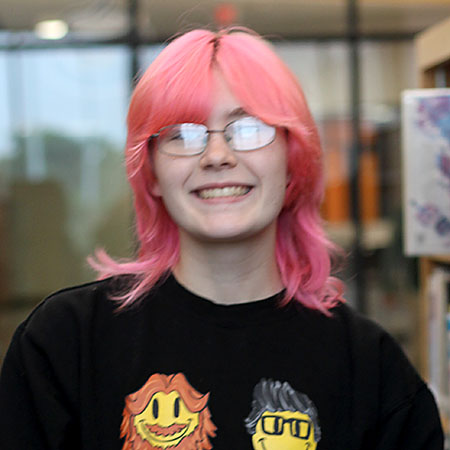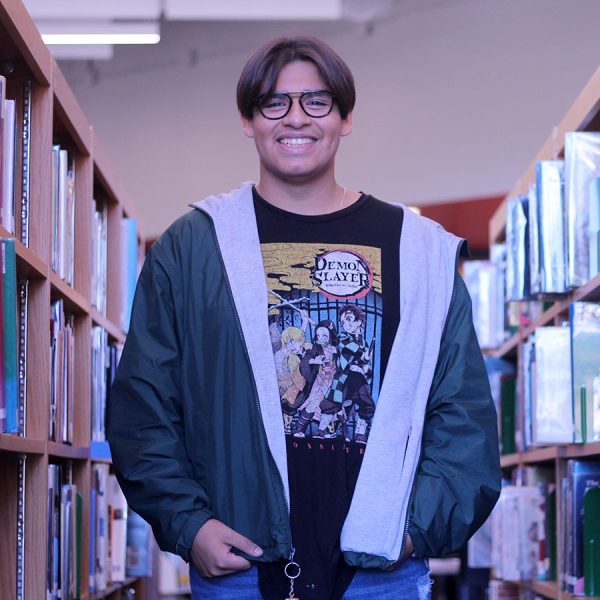Salina South is a high school populated by around 2000 students, with these students having access to increasingly improving technology it is a privilege to put this equipment to use. Every student has a personal Chromebook, and classes use expensive equipment that is utilized by students every day.
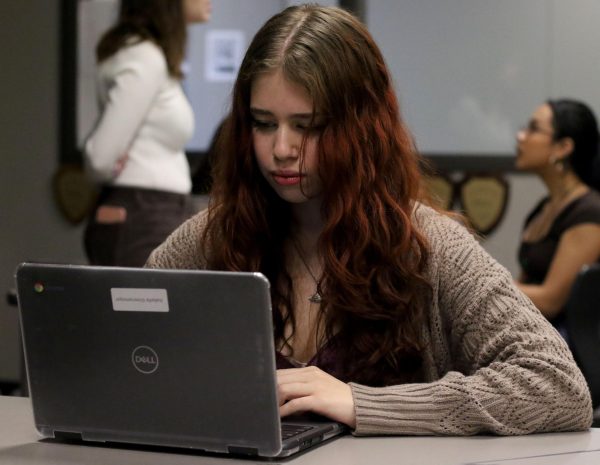
Librarian, Elizabeth Burke, and Assistant Librarian, Tayler Hernandez, are in charge of sending work orders to the district’s technology department. Management Information Systems (MIS) is this department, they do all of the physical repairs that require extra details. However, the librarians do quite a bit of repairs that do not require extensive restoration.
Repairs vary from problems the library can fix themselves within minutes, or the issues taking a day or two to alleviate. If the technicians have your chromebook for more than a day, they give you a loaner chromebook until the issues are resolved.
“The entire Chromebook if it was broken, I believe would be $250. The screens vary on the severity of the break, but usually between $10 and $20,” Burke said.
Although these resources are expensive, at times they don’t meet the standards that students require to have success. In specific Chromebooks that are used everyday by students are a crucial part of their education. But they are also extremely susceptible to needing repairs or assistance from technicians.
During the school year MIS reports that an estimated 3,000 Chromebooks require some kind of repair during a single year. Although this doesn’t mean that this is 3,000 different computers, but the same one needing multiple repairs.
MIS voices that Chromebooks are extremely reliable unless mistreated, as well as can’t be broken easily unless they aren’t used in the way that is intended.
“I think it is wonderful because students all have access to one to one Chromebooks, however for many project based learning opportunities, students personal devices can be powerful with documenting photographs and videos,” Burke said.
Chromebooks also hinder students from access to a large portion of the internet. This is due to the safety of the student and prevention of inappropriate use of technology. Although sometimes this aid works as a disservice to the student, with an increasing number of blocked websites peers are limited on their ability to access needed information.
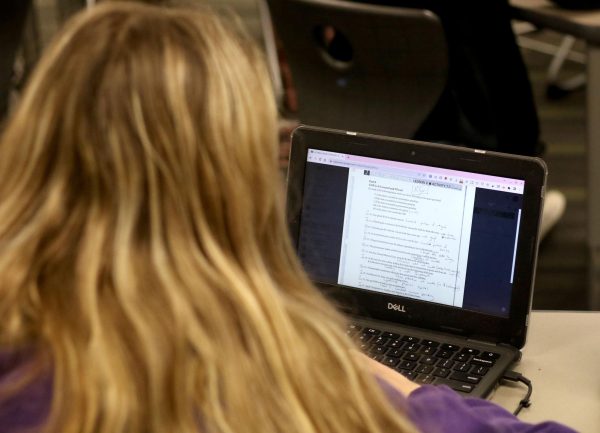
“We are required by law to filter the internet. Websites change every second of the day, a human wouldn’t be able to keep up with the changing websites. One con of filtering is it can block sites at times that should be allowed,” MIS representative said.
MIS explains that blocked websites are determined by the category the website is a part of. Algorithms are run against websites to determine what category they belong in, and based on if it gets blocked or allowed.
“Some of the blocked websites are understandable, but others are confusing and I don’t understand why they are blocked,” Jason Berens (‘24), said. 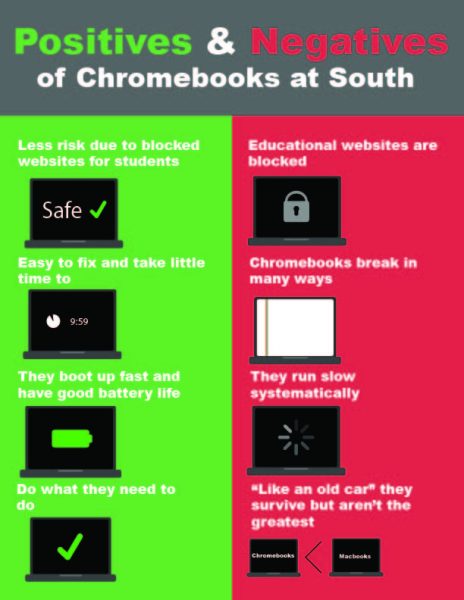
Staff at South High School are split down the middle about blocked websites, some feel that there is a reason the blocked websites are blocked, and others find that the algorithm doesn’t take into account some websites that need to be accessed by students for day to day learning.
“The problems blocked websites present are far less than the risks associated with letting students have complete access to the internet,” Craig Bagley, computer teacher said.
This statement was supported by another computer teacher, Ryan Schafer, who teaches business education classes ranging from Leadership to Computer Applications 1.
“No, it’s fine, kids can access the ones they can access and we can always get special permission from the administration if there is a site or some project that we need to work on. I’m okay with the ones they have blocked,” Schafer said.
Although other staff don’t agree with the blocked websites, and would like other restrictions to be put in place that don’t hinder students ability to access educational websites that get falsely blocked under the algorithm.
“I feel like it’s good in some situations, but a lot of the blocked websites are actually sites that the kids need to use, so I feel like it could go both ways,” assistant librarian Tayler Hernandez said.
Caleb Stewart, an English teacher that teaches all grade levels has had personal experience with blocked websites affecting his students’ classwork.
“Today we were doing genocide research and one of the websites we were needing to access from the Salina Public Library was blocked on the students’ Chromebook. I understand why some websites need to be blocked, but some that they have blocked are actually educational,” Stewart said.


